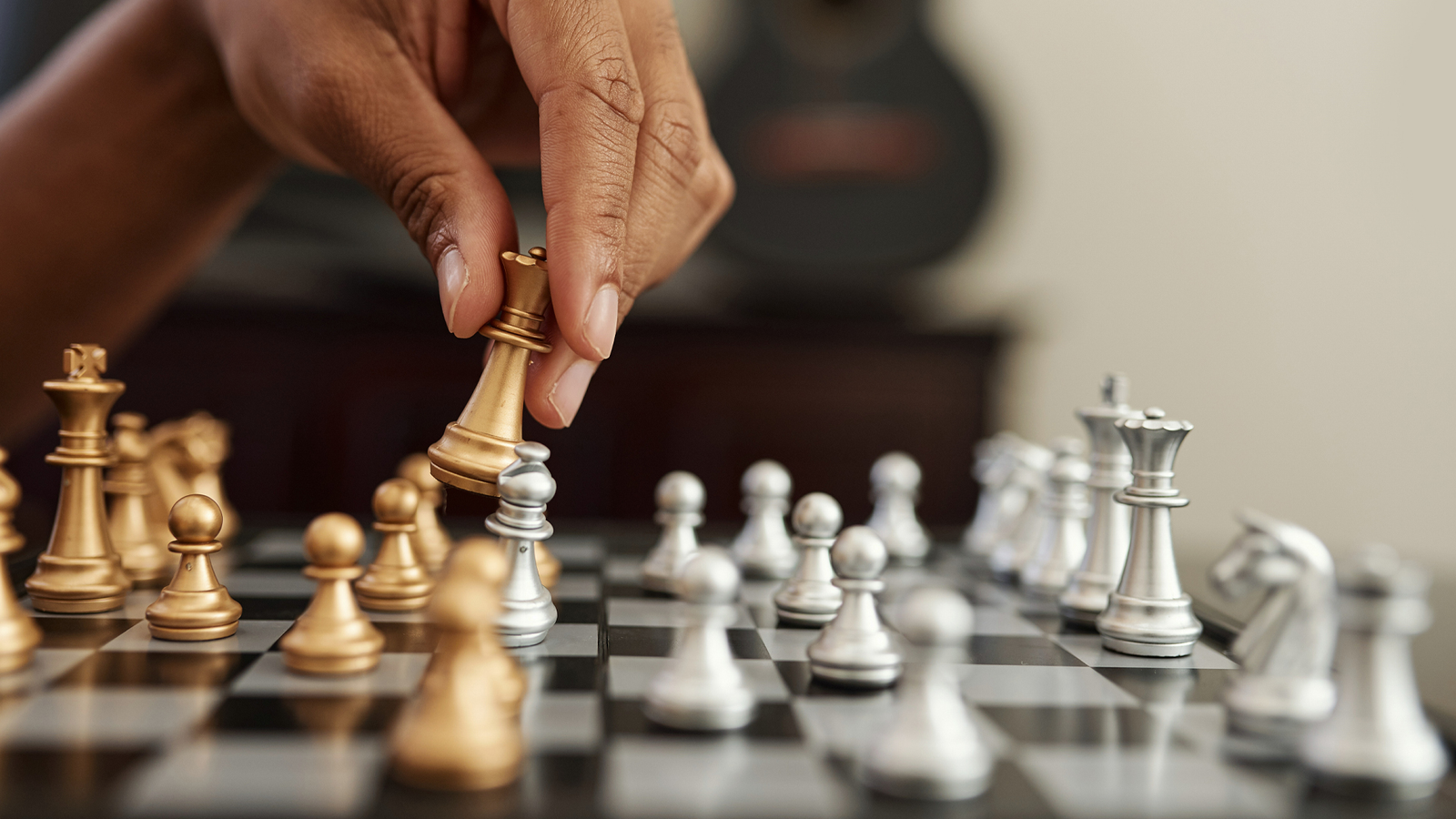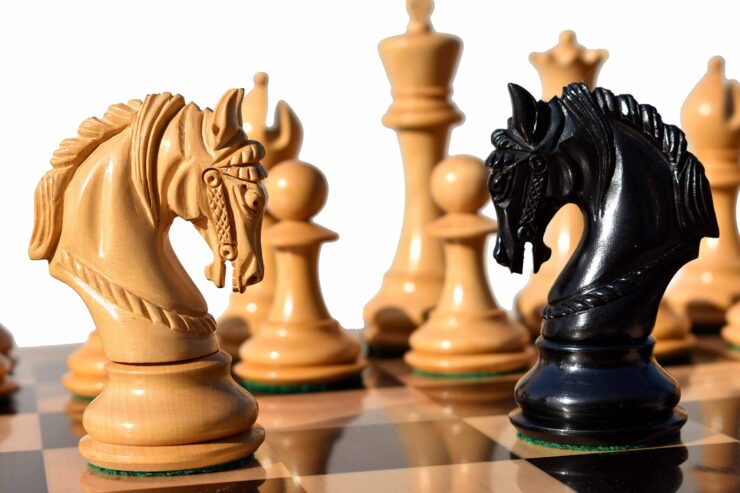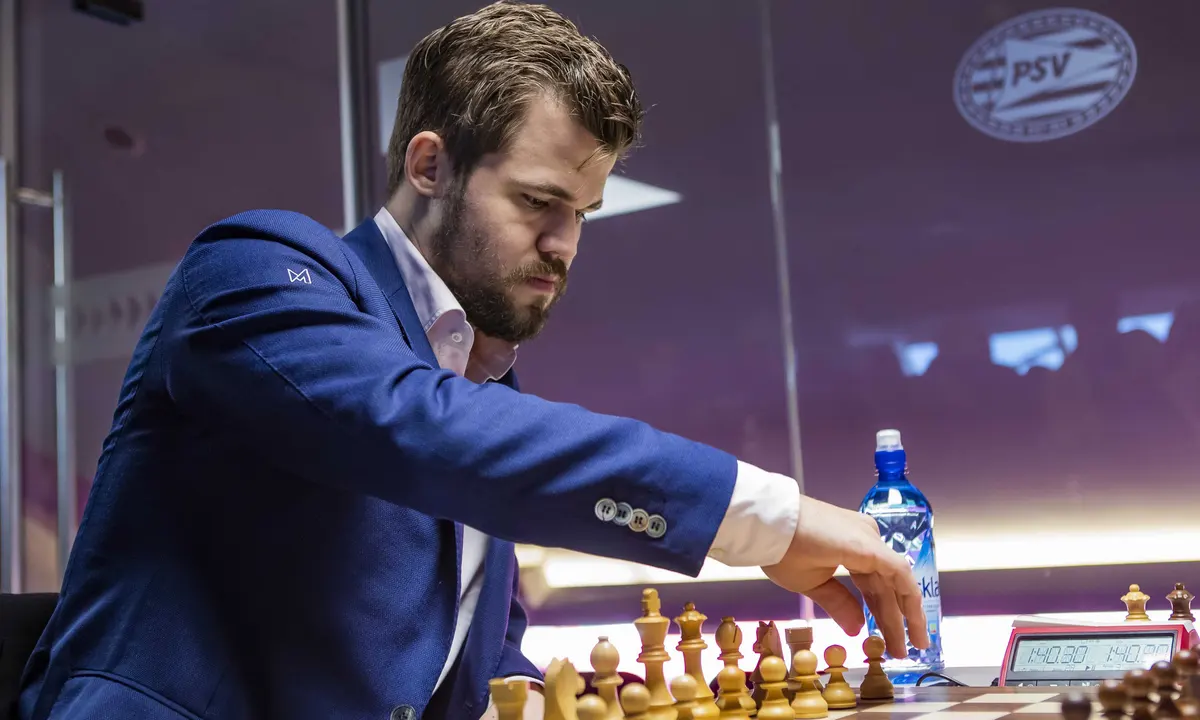In the world of competitive sports, where physical prowess takes centre stage, there exists a quieter but equally intense arena – chess tournaments. These events, where the battleground is a checkerboard, are a testament to the athleticism of the mind. Beyond the luxury chess pieces and the intricate chess boards, chess tournaments are battles of strategy, concentration, and mental acumen. In this exploration, we delve into the world of chess tournaments, the athletes who participate, and the role of luxury chess pieces in this mind-boggling arena.
The Pinnacle of Competition: Chess Tournaments and Their Significance
Chess tournaments stand as the pinnacle of competitive chess. These events gather the world’s finest chess players to engage in a battle of wits that can last for hours or even days. What makes chess tournaments significant?
– Global Stage: Chess tournaments attract participants and spectators from all corners of the globe, uniting diverse cultures through a common game.
– Historical Legacy: Many chess tournaments have a rich history, with some dating back centuries. This legacy adds weight to the significance of these events.
– Mental Athletics: Chess tournaments are a celebration of intellectual athletics, where participants exercise their minds to the fullest.

The Athletes of the Mind: Chess Players and Their Preparation
Chess players, the athletes of the mind, undergo rigorous training and preparation before entering tournaments:
– Studying Openings: Chess players spend hours studying various openings, seeking an advantage in the early stages of the game.
– Mental Conditioning: Mental exercises, meditation, and mindfulness practices are common tools to sharpen concentration and focus.
– Endgame Mastery: Understanding the intricacies of endgames is crucial, as this is where many matches are decided.
– Review and Analysis: Players often review their previous games and analyse their moves to identify weaknesses and refine their strategies.
The Role of Luxury Chess Pieces: Beyond Function, an Aesthetic Edge
Luxury chess pieces serve a dual purpose in chess tournaments. While their primary role is functional, they also add an aesthetic edge to the game:
– Craftsmanship: Luxury chess pieces are often handcrafted using the finest materials. They are not just game pieces but also works of art.
– Tactile Pleasure: Players appreciate the tactile pleasure of handling well-made chess pieces. This sensory experience enhances their connection to the game.
– Concentration Aid: The beauty and elegance of luxury chess pieces can contribute to a player’s focus and mental clarity.
– Conversation Starter: These exquisite pieces often become conversation starters, adding to the intrigue and charm of chess tournaments.

Strategy and Precision: Navigating the Chess Tournament Landscape
Chess tournaments are gruelling tests of strategy and precision. Participants must carefully navigate the tournament landscape, which can vary from one event to another:
– Swiss Tournaments: In Swiss tournaments, players compete against opponents with similar scores. The format is known for its fairness and adaptability.
– Round-Robin Tournaments: In round-robin tournaments, each player faces every other participant, offering a true test of skill.
– Blitz and Rapid Tournaments: These formats challenge players to make quick decisions under time constraints, adding an element of urgency.
– Classical Tournaments: In classical tournaments, players have more time to strategize and contemplate their moves.
The Art of Endgame: Culmination of Strategy and Skill
The endgame, the final phase of a chess match, is where strategy and skill culminate. This stage often determines the victor, and luxury chess pieces play a significant role:
– Precise Calculation: The endgame requires precise calculation, as every move can be the difference between victory and defeat.
– Strategic Planning: Players must have a clear strategic plan for the endgame, often involving the promotion of pawns into powerful pieces.
– Practical Endgame Knowledge: Understanding various endgame scenarios and how to convert an advantage into a win is essential.

The Sporting Spirit: Chess Tournaments as a Display of Sportsmanship
Chess tournaments are not just about winning; they also serve as a display of sportsmanship. Participants are expected to conduct themselves with grace and respect:
– Handshakes: Matches typically begin and end with a handshake, a symbol of respect and camaraderie.
– Fair Play: Observing the rules and maintaining a sense of fairness is essential, even in the heat of competition.
– Post-Match Analysis: Players often engage in friendly post-match analysis, sharing insights and perspectives on the game.
Staying at the Top: Chess Players’ Dedication to Excellence
Maintaining a top position in the world of chess tournaments requires unyielding dedication:
– Continuous Learning: Players must stay updated with the latest openings, strategies, and innovations in the world of chess.
– Physical Fitness: Physical fitness plays a role in maintaining mental acuity during long matches.
– Mental Resilience: Chess players must develop mental resilience to handle the pressures of competition and maintain a competitive edge.
– Love for the Game: Ultimately, a genuine love for chess is what keeps players at the top, motivating them to pursue excellence.

Conclusion: Chess Tournaments – Where Minds Clash in Athletic Grandeur
Chess tournaments are a fascinating realm where minds clash in a display of athletic grandeur. The world’s finest chess players come together to engage in strategic warfare, and the stage is set with luxury chess pieces, adding an aesthetic dimension to the battles. Beyond the luxury and elegance, these tournaments celebrate the resilience, dedication, and intellectual athleticism of the participants. In a world where physical sports often take the spotlight, chess tournaments stand as a tribute to the boundless potential of the human mind, proving that athleticism can extend beyond the body and into the realm of intellectual prowess.



